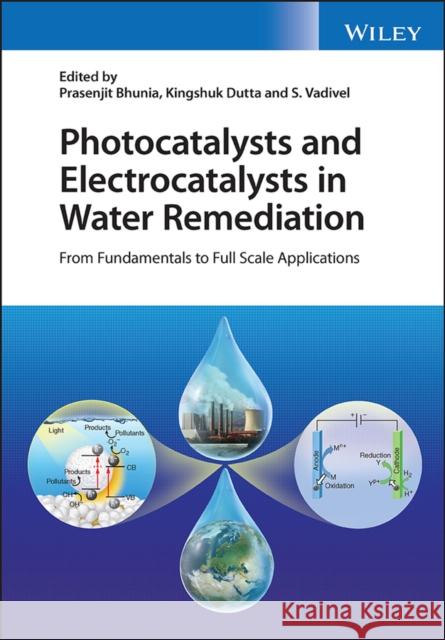Photocatalysts and Electrocatalysts in Water Remediation: From Fundamentals to Full Scale Applications » książka
topmenu
Photocatalysts and Electrocatalysts in Water Remediation: From Fundamentals to Full Scale Applications
ISBN-13: 9781119855316 / Angielski / Twarda / 2022 / 336 str.
Photocatalysts and Electrocatalysts in Water Remediation: From Fundamentals to Full Scale Applications
ISBN-13: 9781119855316 / Angielski / Twarda / 2022 / 336 str.
cena 876,96 zł
(netto: 835,20 VAT: 5%)
Najniższa cena z 30 dni: 846,31 zł
(netto: 835,20 VAT: 5%)
Najniższa cena z 30 dni: 846,31 zł
Termin realizacji zamówienia:
ok. 22 dni roboczych.
ok. 22 dni roboczych.
Darmowa dostawa!
Kategorie BISAC:
Wydawca:
John Wiley and Sons Ltd
Język:
Angielski
ISBN-13:
9781119855316
Rok wydania:
2022
Ilość stron:
336
Wymiary:
24.4 x 17.0
Oprawa:
Twarda











